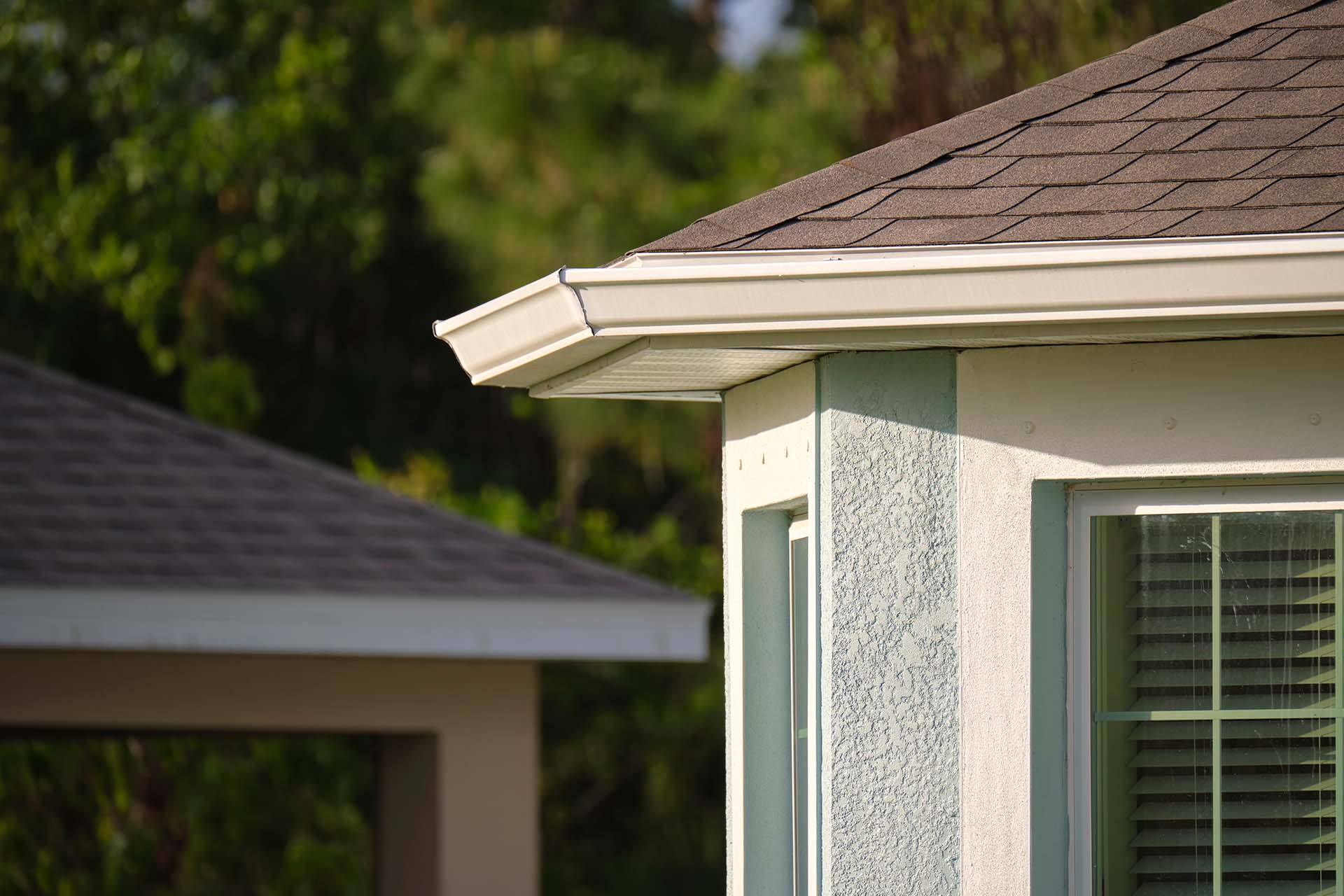A well-constructed residential roof is more than just shingles. It consists of various roofing components that work together to protect your home from the elements. Understanding these components is crucial for homeowners, particularly those considering a new roof installation or maintenance.
A residential roof is a complex system designed to provide shelter, insulation, ventilation, and aesthetic appeal. Each component has a specific function, and when combined, they create a durable and efficient barrier against weather conditions. Knowing the intricacies of these components can assist you in making educated choices regarding roof repairs, replacements, and overall maintenance, ensuring that your roof remains in optimal condition for years to come. Additionally, by understanding the materials and methods used in roofing, you can better appreciate the craftsmanship involved in creating a reliable and lasting roof. In this blog, we’ll break down the parts of a shingle, the importance of proper attic ventilation, and the steep slope application method used in residential roofing.
Roofing Components
The primary roofing components of a residential roof include the following:
- Shingles: These are the most visible part of the roof, providing the first line of defense against weather. Asphalt shingles and impact-resistant shingles are popular choices due to their durability and cost-effectiveness.
- Underlayment: This layer sits directly beneath the shingles, providing an extra barrier against water infiltration. Common materials for underlayment include felt and synthetic options.
- Roof Deck: The structural base for the roof, usually constructed from plywood or oriented strand board (OSB)
- Roof Flashing: Metal strips installed at joints and edges to prevent water seepage.
- Drip Edge: Metal edging that directs water away from the fascia and into the gutters.
- Gutters and Downspouts: These channel water away from the roof and foundation, preventing erosion and water damage.
- Ventilation: Proper attic ventilation is crucial for maintaining the roof’s longevity and energy efficiency. It aids in controlling temperature and moisture levels in the attic, reducing the risk of mold growth and ice dam formation.
- Soffit and Fascia: These components close off the eaves and provide ventilation while also supporting the roof’s edge.
- Insulation: Insulation within the attic space helps maintain consistent indoor temperatures and improves energy efficiency.
Parts of a Shingle
Asphalt shingles, the most common choice for residential roofs, consist of several layers:
- Fiberglass Mat: Provides strength and flexibility.
- Asphalt Coating: Offers waterproofing and weather resistance.
- Granules: Protect the shingle from UV rays and add color. Impact-resistant shingles include additional materials or reinforcements to withstand hail and other impacts.
Proper Attic Ventilation
Proper attic ventilation is essential for the performance and longevity of your roof. It requires a balance of intake and exhaust vents to enable air circulation throughout the attic space. This circulation helps in several ways:
- Temperature Regulation: Prevents heat buildup in the summer, which helps lower cooling costs and extend the lifespan of roofing materials.
- Moisture Control: Reduces the risk of condensation, which can result in mold growth and structural damage.
- Ice Dam Prevention: In colder climates, proper ventilation helps prevent ice dams by keeping the roof temperature more consistent and allowing snow to melt evenly.
Steep Slope Application
The steep slope application method is commonly used for residential roofs with a pitch of 4:12 or greater. This method involves installing shingles in a way that ensures they can effectively shed water and resist wind uplift. Key steps in this application include:
- Preparing the Roof Deck: Ensure it is clean, dry, and free of any protrusions.
- Installing Underlayment: Apply a layer of underlayment across the entire roof deck, overlapping the edges to create a continuous barrier.
- Laying Shingles: Starting from the bottom edge, shingles are installed in overlapping rows, with each row covering the nails of the row below.
- Flashing and Edging: Install roof flashing around joints, chimneys, and valleys, and place drip edges along the eaves and rakes.
- Ventilation Installation: Add ridge vents, soffit vents, and other necessary ventilation components to ensure proper attic ventilation.
By understanding the roofing components and the installation methods used, homeowners can make informed decisions about their roofing needs. Whether you’re considering asphalt shingles or impact-resistant shingles, the team at Jack C Wilson Roofing is ready to help you with all your roofing needs.


